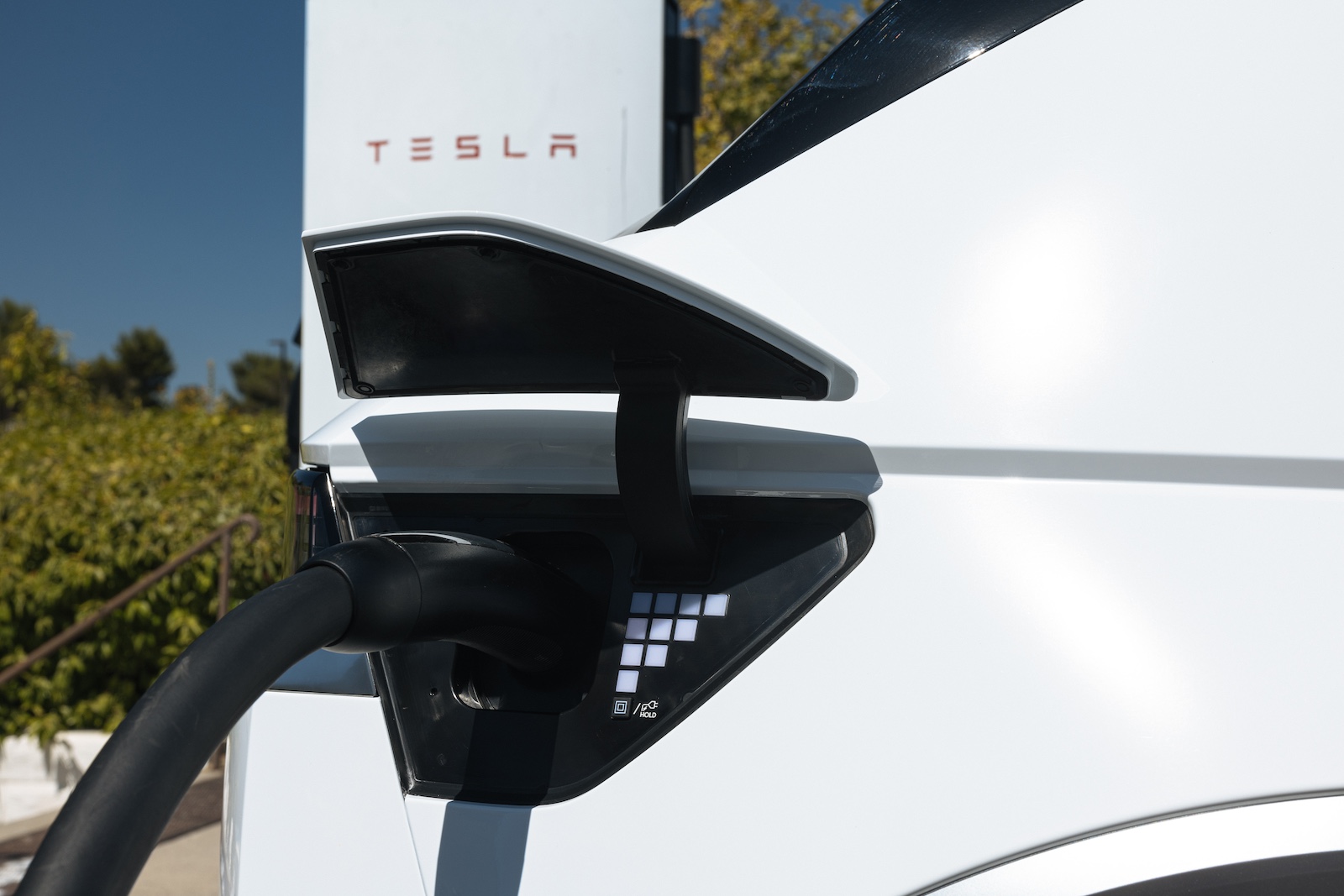
Sign up for daily news updates from CleanTechnica on email. Or follow us on Google News!
In a landmark achievement, global investment in the low-carbon energy transition surged to a record $2.1 trillion in 2024, marking an 11% increase from the previous year, according to BloombergNEF’s “Energy Transition Investment Trends 2025” report.
Key Drivers of Growth
According to BloombergNEF (BNEF), the significant uptick in investment was primarily driven by advancements in electrified transport, renewable energy, and power grid enhancements. Electrified transport emerged as the leading sector, attracting $757 billion in investments. This category includes spending on passenger electric vehicles (EVs), electric two- and three-wheelers, commercial EVs, public charging infrastructure, and fuel cell vehicles.
Renewable energy investments reached $728 billion, including sectors such as wind (both onshore and offshore), solar, biofuels, biomass and waste, marine, geothermal, and small hydro. Power grid investments totaled $390 billion, including expenditures on transmission and distribution lines, substation equipment, and grid digitalization efforts.
Regional Insights
Mainland China led the global investment landscape, contributing $818 billion — up 20% from 2023. This growth accounted for two-thirds of the global increase, with all sectors experiencing robust expansion.
In contrast, the United States saw stagnant investment levels ($338 billion), while the European Union ($381 billion) and the United Kingdom ($65.3 billion) experienced declines. Notably, China’s total investment surpassed the combined investments of the US, EU, and UK.
Mature vs. Emerging Technologies
Proven and commercially scalable technologies such as renewables, energy storage, EVs, and power grids dominated the investment landscape, attracting $1.93 trillion and growing by 14.7%. This growth persisted despite challenges like policy decisions, higher interest rates, and anticipated slower consumer purchasing.
Conversely, emerging technologies — including electrified heat, hydrogen, carbon capture and storage (CCS), nuclear, clean industry, and clean shipping — garnered only $155 billion, reflecting a 23% year-on-year decline. Challenges impeding investment in these sectors include affordability, technological maturity, and commercial scalability.
Future Outlook
Despite the record-breaking investment levels, BNEF emphasizes that current funding represents only 37% of the annual $5.6 trillion required from 2025 to 2030 to align with global net-zero targets by 2050. Albert Cheung, Deputy CEO of BNEF, stated, “There is still much more that needs to be done, especially in emerging areas like industrial decarbonization, hydrogen and carbon capture, in order to reach global net-zero goals. True partnership between the private and public sectors is the only solution to unlock the potential of these technologies.”
The report underscores the necessity for enhanced collaboration between public and private sectors to de-risk and scale emerging technologies, ensuring they contribute meaningfully to emission reductions by the decade’s end. A free high-level summary of the report is available from BloombergNEF.
Chip in a few dollars a month to help support independent cleantech coverage that helps to accelerate the cleantech revolution!
Have a tip for CleanTechnica? Want to advertise? Want to suggest a guest for our CleanTech Talk podcast? Contact us here.
Sign up for our daily newsletter for 15 new cleantech stories a day. Or sign up for our weekly one if daily is too frequent.
CleanTechnica uses affiliate links. See our policy here.
CleanTechnica’s Comment Policy




